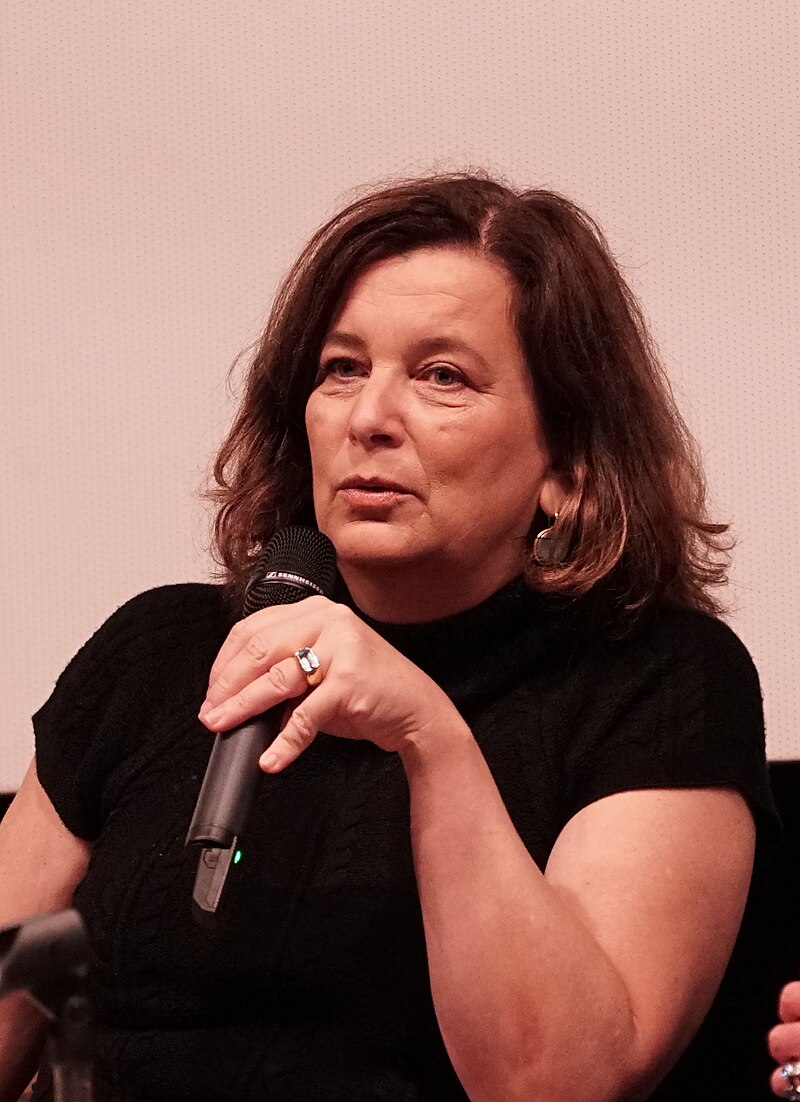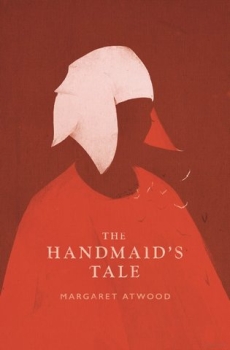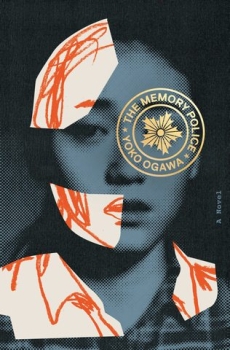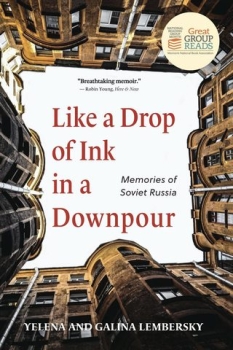
The Murder Farm by Andrea Maria Schenkel
English translation by Anthea Bell, Quercus, 2008: first published in German as Tannöd, 2006
Historical background:
The book draws on the real-life case of the Hinterkaifeck murders, which took place in March 1922 in a village 43 miles north of Munich. The murder of the Gruber family and their maid, by a killer who used a maeock, and apparently returned several times to the farm to feed the farm animals, was never solved. Schenkel moved the geographical setting to Tannöd, a fictional village outside the real town of Einhausen, 6 miles north of Regensburg. She changed the family’s name to Danner, while keeping their ages and relationships the same. She set Tannöd in 1955—ten years after the end of World War II, and several characters make reference to the legacies of the war, which align with historical facts.
- Alois Huber, 25, recalls (pp101-5) being ordered to kill Regensburg residents who were calling for surrender to American forces. (On 23 April 1945, Regensburg Cathedral Dean Johann Maier intervened to prevent violence by German authorities against protestors urging surrender. He and two other men were publicly hanged the next day for “sabotage.” German military leaders then withdrew from Regensburg on 27 April).
- Betty, 8, reports (pp7-10) that her aunt is da?ng a “Yank” who gives her chewing gum. (In 1955, Fort Skelly in Regensburg was still an American military base.)
- Franz-Xavier Meier, 47, Mayor, recalls (pp119-24) US troops exhibiting indiscipline after taking the city, and destroying archival material. He and several other characters refer to the displacement and return of prisoners of war and refugees during and after the war.
The book club is hosted at the Tempe Public Library, convened by Keith Brown. [email protected]. For the latest book club meeting register at: tempepubliclibrary.org and click Event Calendar.
Religious and folkloric themes
Many of the characters, including Old Frau Danner, are, or claim to be, devout Catholics. They combine strong judgements about sin, shame and pleasure with beliefs about the Trud or dream demon (pp11, 98, 155), and “The Wild Hunt,” a pan-European folk story in which ghostly riders descend during stormy weather, bringing madness of death to unfortunate or unrighteous humans (pp11, 179).
Discussion questions:
- If you had the chance to ask the author one question, what would you ask?
- Who or what killed the people who lived on the Danner farm?
- The book’s first testimony (from Beey) and final narrative (when the murderer confesses) both make reference to the “Wild Hunt.” How important is the supernatural in what happened?
- The book contains 17 personal testimonies, from characters aged 8 to 86. How did much weight did you give each one, and why?
- How well did the four kinds of writing (third-person narrative, prayers, personal testimonies, and one newspaper article) work together for you?
- What, if anything, did the periodic prayers/psalms add for you?
- Do the four closing narratives (one focused on Barbara, two on Mick the thief, and the final one on Georg Hauer) close the case for you?
Further Reading
New York Times profile of the author upon US publication
Essay by Tannöd’s translator, Anthea Bell, on the art of “invisible translation (pdf)
Two articles on the 1922 Hinterkaifeck murder case, on which the book is based:
https://en.wikipedia.org/wiki/Hinterkaifeck_murders
https://vocal.media/criminal/the-unsolved-hinterkaifeck-murders

Andrea Maria Schenkel
Author bio: Andrea Maria Schenkel is from Regensburg, Germany, which has been one of Tempe’s sister cities since 1976. She wrote her first novel, Tannöd, when she was in her 40s, after working since the age of 16 for Germany’s telephone company. Since this breakthrough success, she has gone on to write five more novels.
More recently, she has embarked on formal higher education in the US, currently pursuing a PhD in Comparative Literature at the City University of New York Graduate Center.
Andrea is joining our book club by Zoom on February 24 2025!
Publication: Tannöd (named for the fictional village where it is set) took Andrea nine months to write. It was published in German by Nautilus, a small independent press, and quickly became a bestseller: it has since been translated into 20 languages. It won the 2007 Deutscher Krimi Preis, annually awarded to Germany’s best crime novel. Her second novel (published in English as Ice Cold) won the 2008 prize, making Schenkel the only author to win the award in consecutive years. Upon that book’s US release in 2015, the New York Times wrote “she has sparked a renewed interest in the genre and inspired other writers in Germany.”



